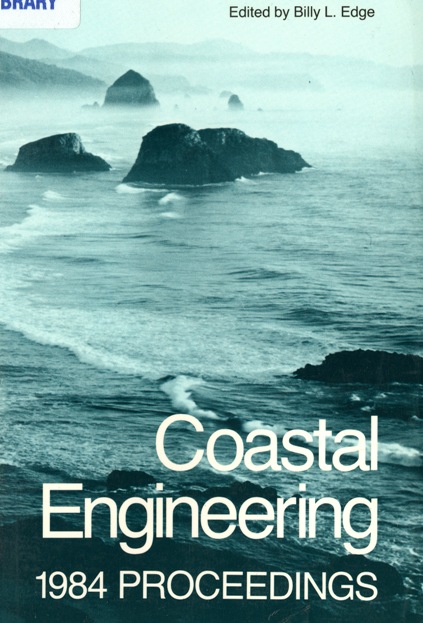Abstract
Engineering projects on the continental shelf off Sydney, Australia, have stimulated investigation into the sediment transport system of the shelf. Investigation activities associated with these projects have included: definition of sea bed morphology, sediment distribution and bedform characteristics; monitoring of steady and wave induced currents; wind data collection; suspended sediment sampling; bottom camera sediment movement investigations and analytical studies of sediment reaction to sea bed forcing functions. Sea bed velocity exceedence relationships for both wave oscillations and steady currents have been determined at depths of 24 m, 60 m and 80 m. Thresholds of sediment movement have been defined. Relative sediment transport computations have been undertaken and studies of suspended sediment concentration profiles are in progress so that absolute transport rates can be determined. The prevailing conditions, which include a mainly south bound current, are seldom sufficient to induce entrainment of shelf sediments. Transport events mainly result from major storms in the Tasman Sea which produce both high energy waves and north bound currents. Although these events are rare and short lived, the combined wave and current shear produced at the sea bed during the events gives rise to entrainment conditions which result in their dominance of the shelf sediment transport system.
Authors retain copyright and grant the Proceedings right of first publication with the work simultaneously licensed under a Creative Commons Attribution License that allows others to share the work with an acknowledgement of the work's authorship and initial publication in this Proceedings.

